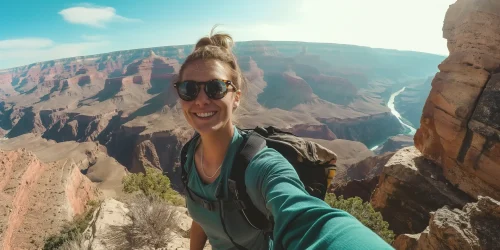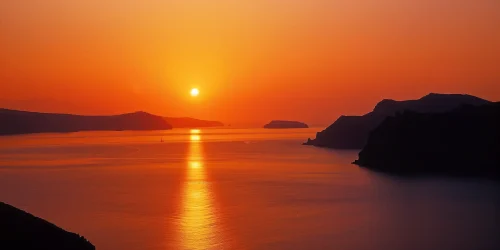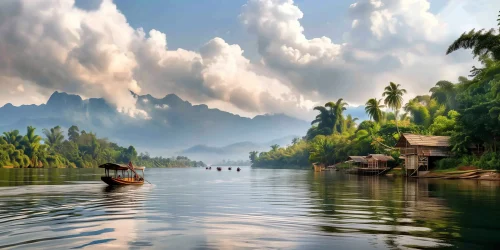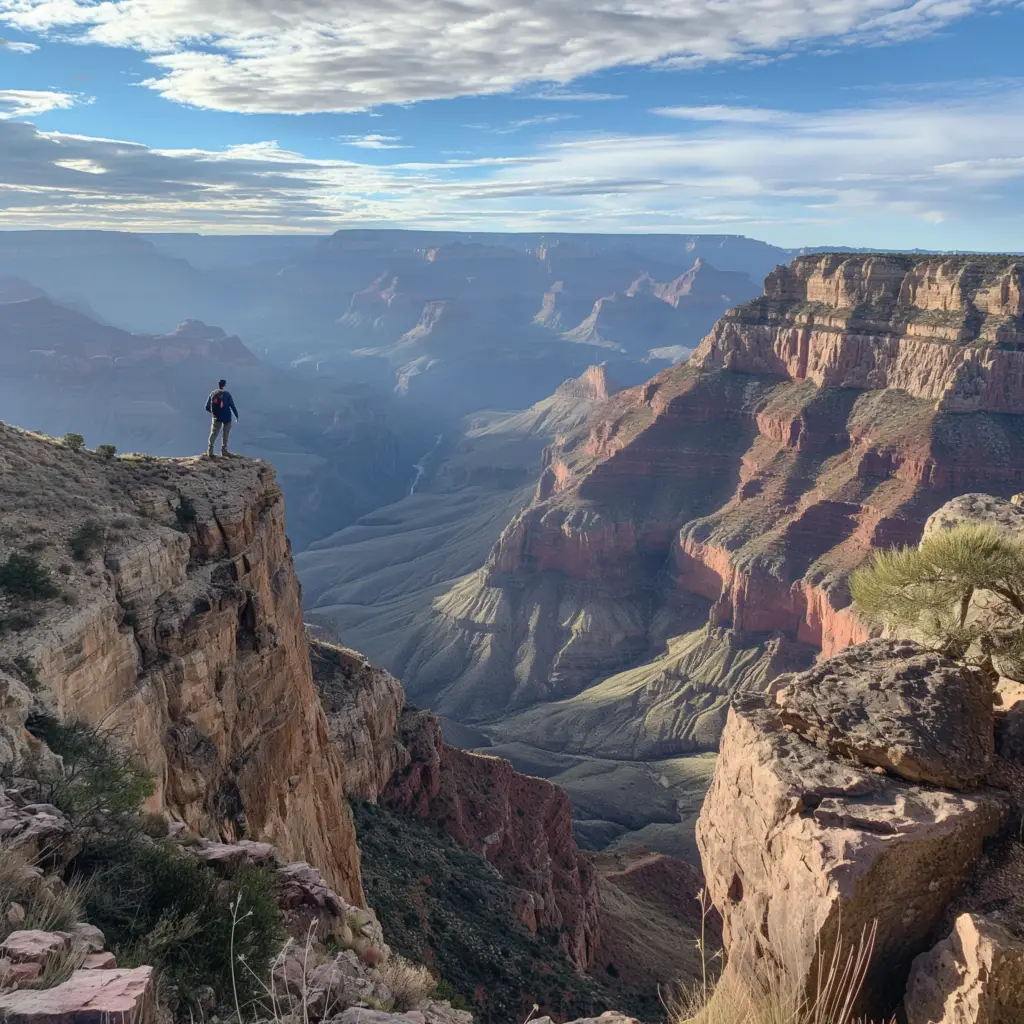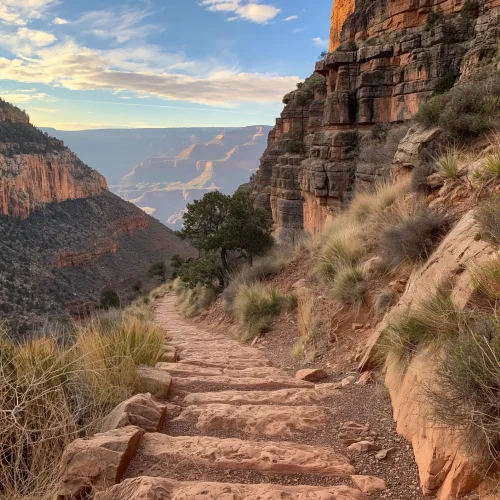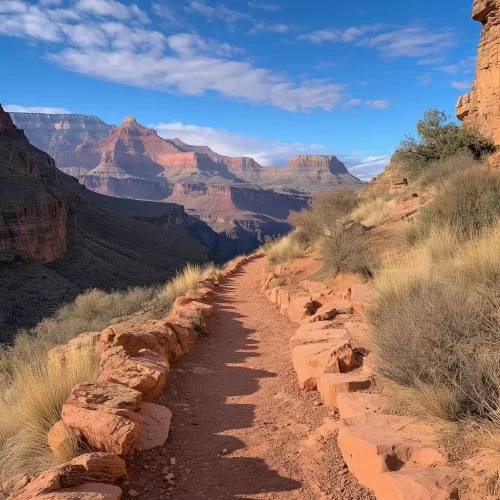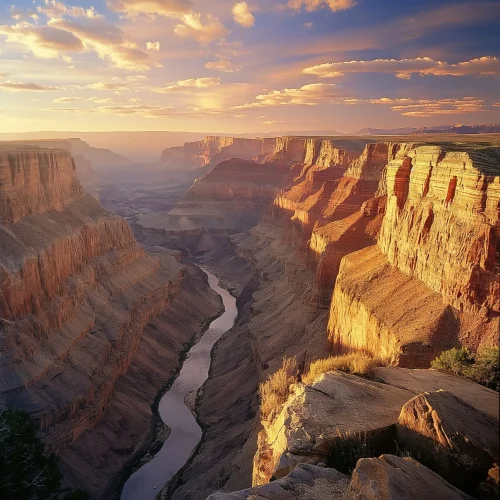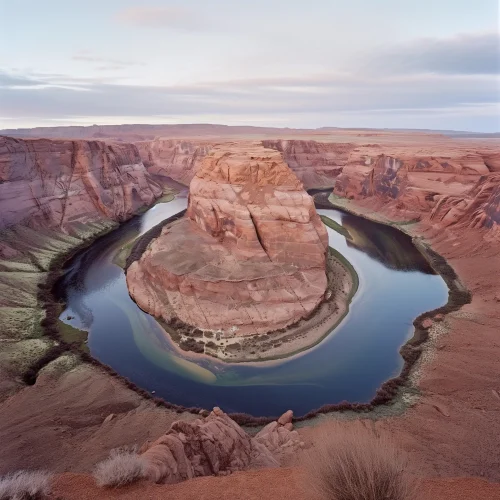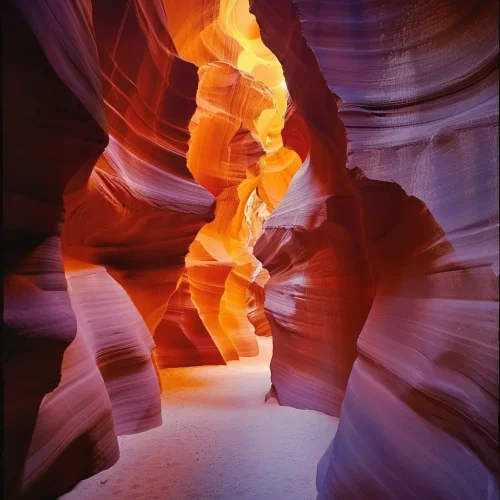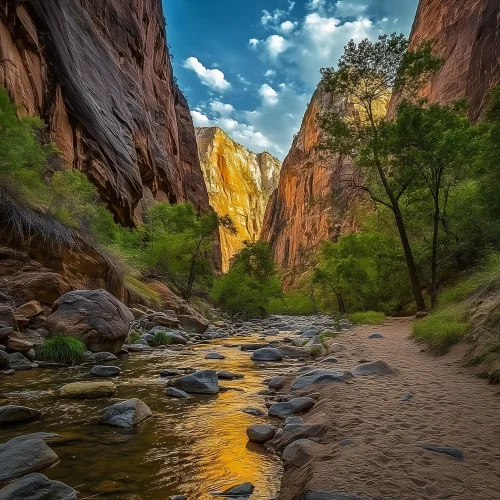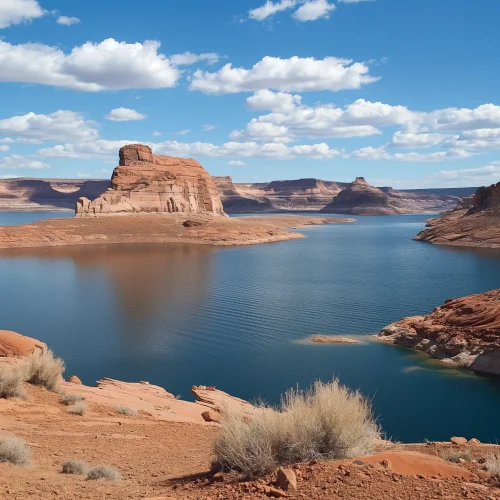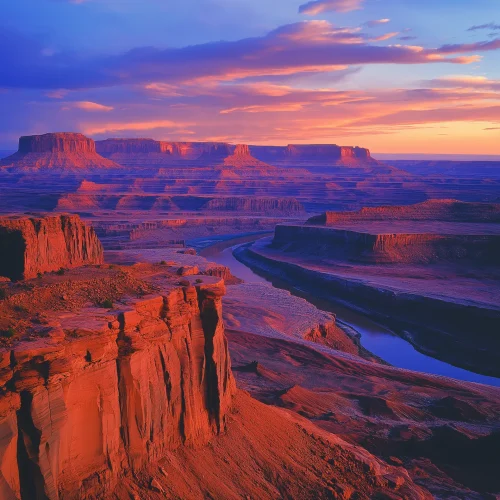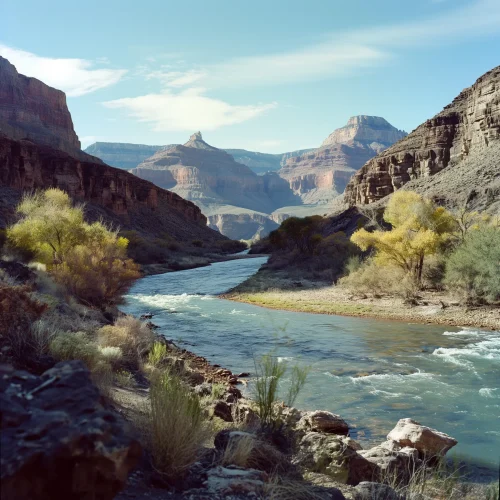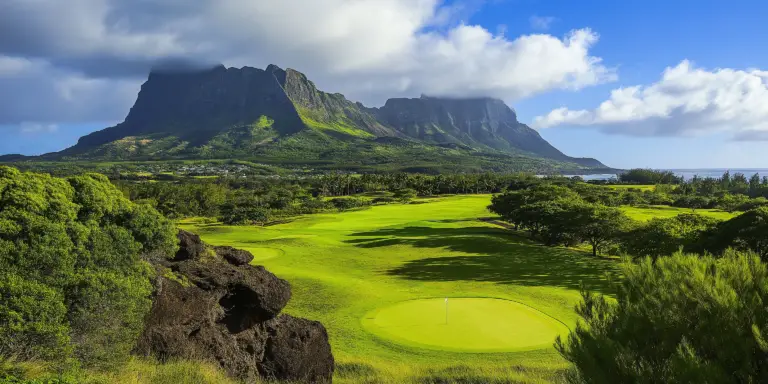Grand Canyon National Park, located in Arizona, USA, is one of the most iconic and awe-inspiring natural wonders in the world. This magnificent canyon, carved by the Colorado River, offers breathtaking vistas, incredible hiking opportunities, and a chance to connect with nature on a profound level. If you’re planning a visit to this spectacular destination, here’s what you need to know to make the most of your trip.
Things to Do
1. Hiking and Trails
- Bright Angel Trail: This trail offers a challenging hike with rewarding views. It’s well-maintained and has rest stops along the way.
- South Kaibab Trail: For panoramic views of the canyon, this trail is a must. It’s shorter than Bright Angel but steeper.
- Rim Trail: Perfect for an easier walk, this trail follows the edge of the canyon with numerous viewpoints.
2. Scenic Drives and Viewpoints
- Desert View Drive: This 25-mile drive on the South Rim offers multiple scenic overlooks, including the Desert View Watchtower.
- Hermit Road: Accessible by shuttle bus, this route provides access to some of the best viewpoints like Hopi Point and Mohave Point.
- Mather Point: One of the most popular and accessible viewpoints on the South Rim, Mather Point offers expansive views and is a great spot for sunrise and sunset photography.
- Yavapai Point: Close to the Visitor Center, Yavapai Point provides stunning views of the canyon and the Colorado River. It’s also home to the Yavapai Geology Museum.
- Lipan Point: Known for its views of the Colorado River, Lipan Point offers one of the best perspectives of the canyon’s dramatic geological formations.
- Grandview Point: As the name suggests, Grandview Point offers spectacular views of the canyon. It’s also the starting point for the Grandview Trail.
- Point Imperial: Located on the North Rim, Point Imperial is the highest viewpoint in the park, providing a unique perspective of the canyon.
- Cape Royal: Another North Rim gem, Cape Royal offers sweeping views that include the Colorado River and the canyon’s temples and buttes.
- Toroweap Overlook: For the more adventurous, Toroweap Overlook on the North Rim provides a dramatic and less crowded viewpoint with sheer vertical views of the canyon and the Colorado River below.
3. Helicopter Flights
- For a truly unforgettable experience, take a helicopter tour over the Grand Canyon. These flights offer a bird’s-eye view of the canyon’s vastness and intricate landscapes. Many tours fly over the Kaibab National Forest, Dragon Corridor, and the North and South Rims. Some even land inside the canyon for a more immersive experience.
4. River Rafting
- Experience the Grand Canyon from the Colorado River with a rafting trip. There are options for both smooth water and white-water rafting adventures.
5. Cultural Sites
- Tusayan Ruin and Museum: Discover the history and culture of the ancestral Puebloans who once lived in the area.
- Hopi House: A historic building offering Native American crafts and artworks.
Wildlife and Nature
The Grand Canyon is home to diverse wildlife, including elk, mule deer, bighorn sheep, and numerous bird species like the California condor. Keep your eyes peeled and your camera ready!
Local Cuisine
While Grand Canyon National Park is known more for its natural beauty than its cuisine, you can still find some delightful eats:
- El Tovar Dining Room: Located in the historic El Tovar Hotel, this restaurant offers fine dining with views of the canyon.
- Bright Angel Restaurant: A more casual dining option with hearty meals perfect after a long hike.
- Phantom Ranch Canteen: If you’re hiking down to the canyon floor, the canteen offers simple, yet satisfying meals.
Tips for Travelers
- Best Time to Visit: Spring and fall are ideal due to milder weather and fewer crowds. Summer can be very hot, especially below the rim.
- Stay Hydrated: The dry climate and physical exertion can dehydrate you quickly, so always carry plenty of water.
- Permits and Reservations: If you plan to camp below the rim or embark on a river trip, you’ll need a permit. Accommodations in the park, especially at the lodges, can fill up fast, so book early.
- Leave No Trace: Help preserve the natural beauty of the Grand Canyon by following Leave No Trace principles. Carry out all trash and stay on designated trails.
- Sunrise and Sunset: Some of the best times to visit the viewpoints are at sunrise and sunset when the light creates stunning colors and shadows in the canyon.
- Shuttle Buses: During peak seasons, use the park’s shuttle buses to access many of the South Rim viewpoints. This helps reduce congestion and makes it easier to get around.
- Photography: Bring a good camera and consider using a polarizing filter to capture the best images. Tripods are also useful for steady shots, especially in low light.
- Safety: Always stay behind railings and barriers at viewpoints. The canyon edges can be unstable, and it’s important to prioritize safety while enjoying the views.
Conclusion
Grand Canyon National Park is a place of immense beauty and wonder. Whether you’re gazing out over the vast expanse from a scenic viewpoint, hiking down into the canyon, taking a thrilling helicopter flight, or rafting along the Colorado River, this destination offers experiences that will stay with you for a lifetime. Prepare well, respect the environment, and get ready to be amazed by one of nature’s greatest masterpieces.
